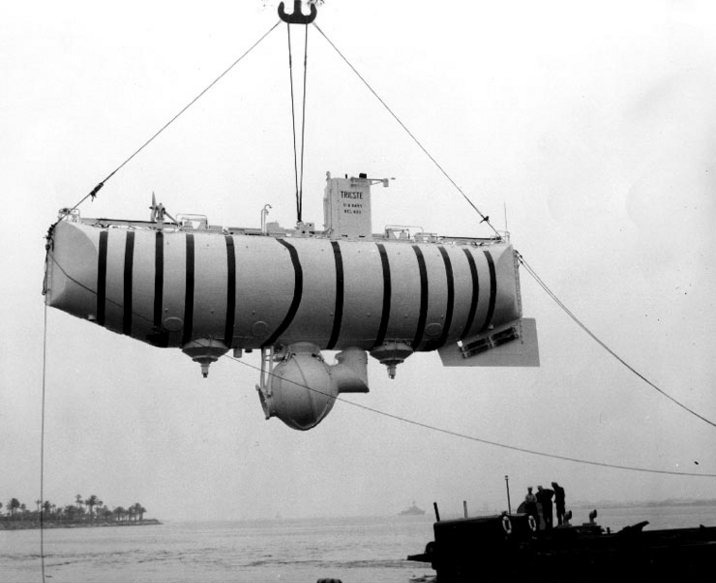Lesson 12
Negative Rates
Let's apply what we know about signed numbers.
12.1: Grapes per Minute
- If you eat 5 grapes per minute for 8 minutes, how many grapes will you eat?
- If you hear 9 new songs per day for 3 days, how many new songs will you hear?
- If you run 15 laps per practice, how many practices will it take you to run 30 laps?
12.2: Water Level in the Aquarium
-
A large aquarium should contain 10,000 liters of water when it is filled correctly. It will overflow if it gets up to 12,000 liters. The fish will get sick if it gets down to 4,000 liters. The aquarium has an automatic system to help keep the correct water level. If the water level is too low, a faucet fills it. If the water level is too high, a drain opens.
One day, the system stops working correctly. The faucet starts to fill the aquarium at a rate of 30 liters per minute, and the drain opens at the same time, draining the water at a rate of 20 liters per minute.
- Is the water level rising or falling? How do you know?
- How long will it take until the tank starts overflowing or the fish get sick?
-
A different aquarium should contain 15,000 liters of water when filled correctly. It will overflow if it gets to 17,600 liters.
One day there is an accident and the tank cracks in 4 places. Water flows out of each crack at a rate of \(\frac12\) liter per hour. An emergency pump can re-fill the tank at a rate of 2 liters per minute. How many minutes must the pump run to replace the water lost each hour?
12.3: Up and Down with the Piccards
-
Challenger Deep is the deepest known point in the ocean, at 35,814 feet below sea level. In 1960, Jacques Piccard and Don Walsh rode down in the Trieste and became the first people to visit the Challenger Deep.

- If sea level is represented by 0 feet, explain how you can represent the depth of a submarine descending from sea level to the bottom of Challenger Deep.
- Trieste’s descent was a change in depth of -3 feet per second. We can use the relationship \(y=\text-3x\) to model this, where \(y\) is the depth (in feet) and \(x\) is the time (in seconds). Using this model, how much time would the Trieste take to reach the bottom?
- It took the Trieste 3 hours to ascend back to sea level. This can be modeled by a different relationship \(y=kx\). What is the value of \(k\) in this situation?
-
The design of the Trieste was based on the design of a hot air balloon built by Auguste Piccard, Jacques's father. In 1932, Auguste rode in his hot-air balloon up to a record-breaking height.
- Auguste's ascent took 7 hours and went up 51,683 feet. Write a relationship \(y=kx\) to represent his ascent from his starting location.
- Auguste's descent took 3 hours and went down 52,940 feet. Write another relationship to represent his descent.
- Did Auguste Piccard end up at a greater or lesser altitude than his starting point? How much higher or lower?
During which part of either trip was a Piccard changing vertical position the fastest? Explain your reasoning.
- Jacques's descent
- Jacques's ascent
- Auguste's ascent
- Auguste's descent
Summary
We saw earlier that we can represent speed with direction using signed numbers. Speed with direction is called velocity. Positive velocities always represent movement in the opposite direction from negative velocities.
We can do this with vertical movement: moving up can be represented with positive numbers, and moving down with negative numbers. The magnitude tells you how fast, and the sign tells you which direction. (We could actually do it the other way around if we wanted to, but usually we make up positive and down negative.)
Glossary Entries
- solution to an equation
A solution to an equation is a number that can be used in place of the variable to make the equation true.
For example, 7 is the solution to the equation \(m+1=8\), because it is true that \(7+1=8\). The solution to \(m+1=8\) is not 9, because \(9+1 \ne 8\).